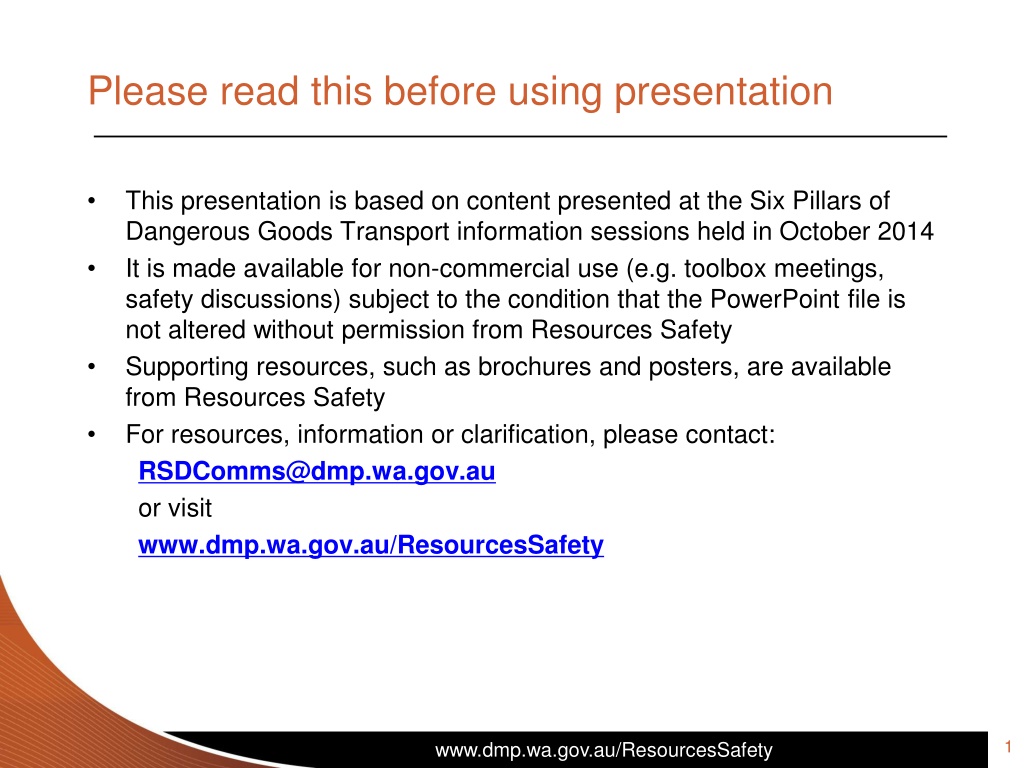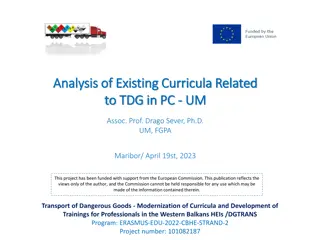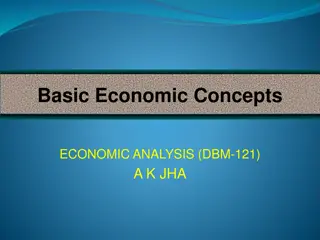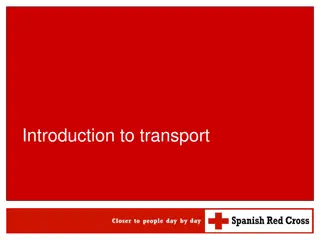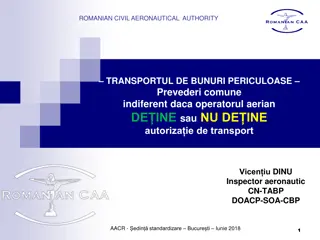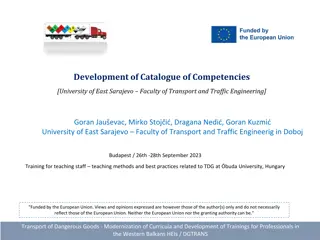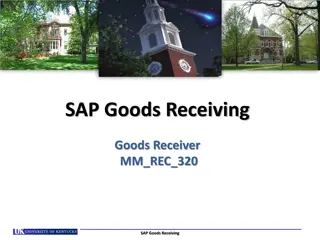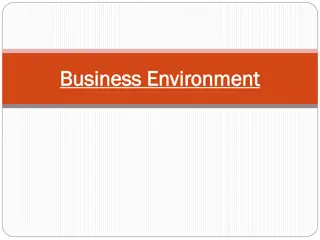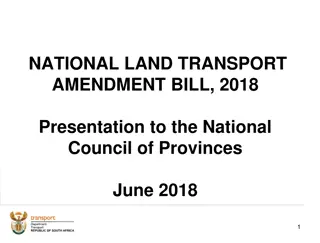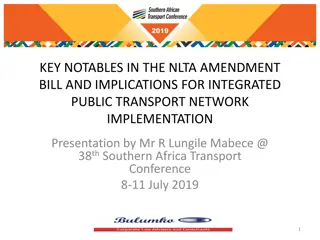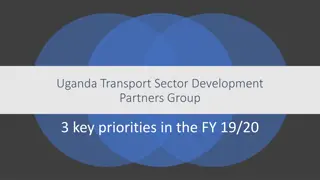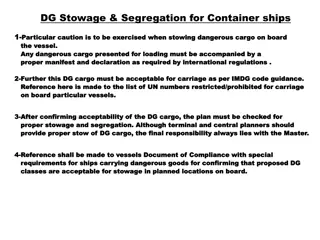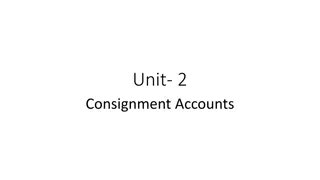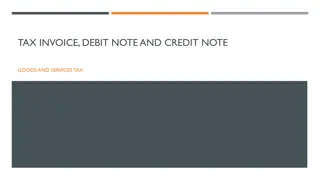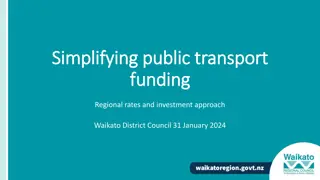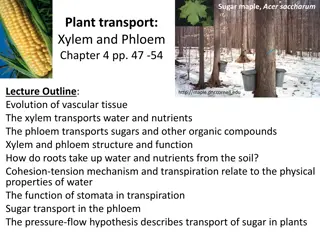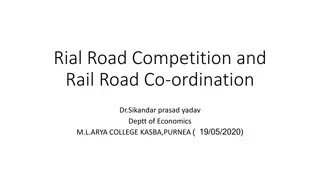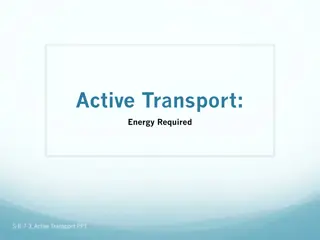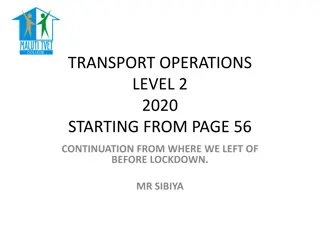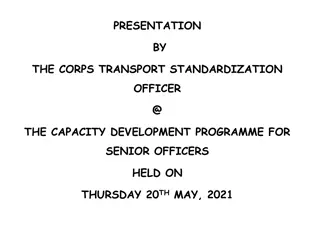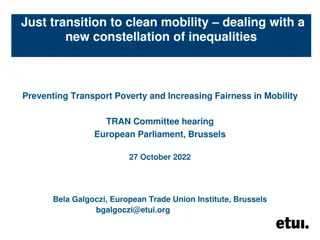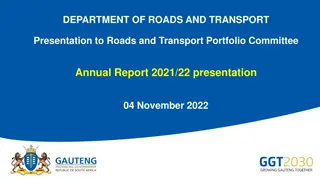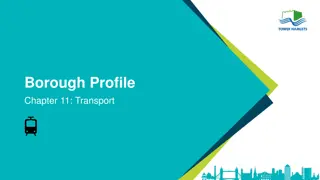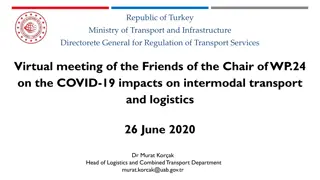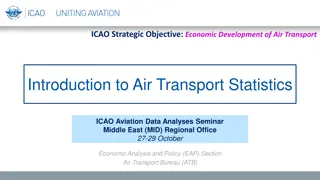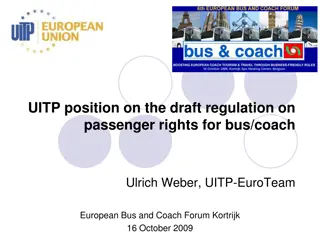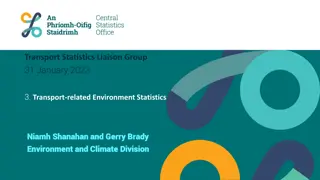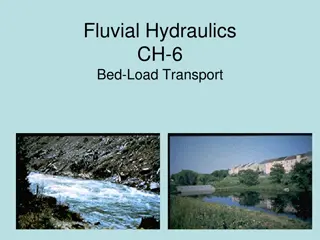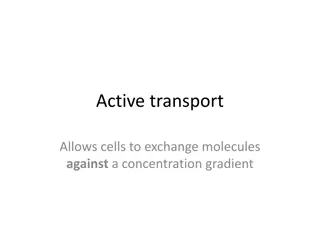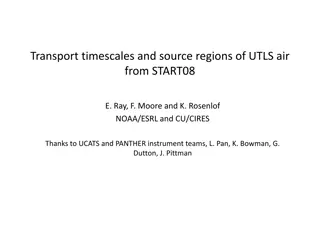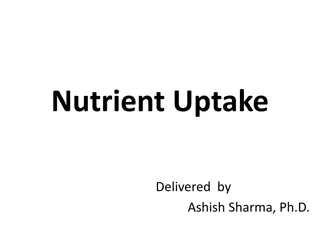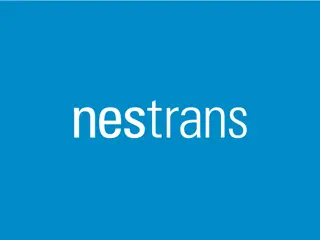Important Information on Dangerous Goods Transport
This presentation provides essential details on the Six Pillars of Dangerous Goods Transport, emphasizing the significance of proper documentation, emergency procedures, and regulatory compliance. It highlights the necessity of transport documents for class 6, 8, or division 2.3 dangerous goods, outlines the duties of consignors, prime contractors, and drivers, and underscores the critical role of transport documents in ensuring safety during transportation.
Download Presentation

Please find below an Image/Link to download the presentation.
The content on the website is provided AS IS for your information and personal use only. It may not be sold, licensed, or shared on other websites without obtaining consent from the author. Download presentation by click this link. If you encounter any issues during the download, it is possible that the publisher has removed the file from their server.
E N D
Presentation Transcript
Please read this before using presentation This presentation is based on content presented at the Six Pillars of Dangerous Goods Transport information sessions held in October 2014 It is made available for non-commercial use (e.g. toolbox meetings, safety discussions) subject to the condition that the PowerPoint file is not altered without permission from Resources Safety Supporting resources, such as brochures and posters, are available from Resources Safety For resources, information or clarification, please contact: RSDComms@dmp.wa.gov.au or visit www.dmp.wa.gov.au/ResourcesSafety 1 www.dmp.wa.gov.au/ResourcesSafety
Documentation Learn about transport documents and emergency procedure guides 2 www.dmp.wa.gov.au/ResourcesSafety
Six pillars of dangerous goods transport 3 www.dmp.wa.gov.au/ResourcesSafety
Necessary documentation for dangerous good transport by road Two types: 1. Transport document 2. Emergency information www.dmp.wa.gov.au/ResourcesSafety
Why do we need a transport document? Prime contractor, loader and driver need to establish: 1. Presence of class 6, 8 or division 2.3 DGs to segregate from food; 2. Presence of a receptacle > 500L or net mass > 500 kg, which requires a DGs Driver Licence and EIPs and telephone advisory service for emergency services, 3. If it is a placard load look up Table 5.3 of ADG7.3 - requirements: Placarding, segregation of incompatible dangerous goods, emergency information for the dangerous goods, emergency plan, approved emergency responder, subject to chapter 8.1 and the Load Restraint Guide, chapter 12.1 Safety Equipment including fire extinguishers in accordance with Table 12.1, reflector signals and PPE in accordance with Table 12.2; Another important reason is to inform the emergency services in case of a loss-of-containment accident! 5 www.dmp.wa.gov.au/ResourcesSafety
Duty to carry a transport document Part 11 of Dangerous Goods Safety (Road and Rail Transport of Non-explosives) Regulations 2007 Regulations place a joint duty on the consignor, prime contractor and driver to make sure that there is a complying transport document in the cabin of the vehicle This duty exists for any amount of dangerous goods being transported by any transport or courier company 6 www.dmp.wa.gov.au/ResourcesSafety
Transport document (chapter 11.1 of ADG7.3) Mandatory contents Consignor s name and contact telephone number Description of the dangerous goods UN number proper shipping name class or Division of the goods each subsidiary risk packing group Description of the package type (e.g. drum, IBC, cardboard box) number of each type of package aggregate quantity of the goods 7 www.dmp.wa.gov.au/ResourcesSafety
Registration number plate of trailer .. 8 www.dmp.wa.gov.au/ResourcesSafety
Emergency information (chapter 11.2 of ADG7.3) Means: a Dangerous Goods Initial Emergency Response Guide, published by Standards Australia as HB76 OR an emergency procedure guide (EPG) transport AS 1678 for the particular goods transported AND the EPG for a vehicle fire The regulations place a joint duty on the consignor, prime contractor and the driver to make sure that there is complying emergency information in the cabin of the vehicle This duty only applies to placard loads of dangerous goods 9 www.dmp.wa.gov.au/ResourcesSafety
10 www.dmp.wa.gov.au/ResourcesSafety
11 www.dmp.wa.gov.au/ResourcesSafety
12 www.dmp.wa.gov.au/ResourcesSafety
13 www.dmp.wa.gov.au/ResourcesSafety
Emergency information holder A holder: suitable for carrying emergency information and the transport document marked with the words emergency information in red letters at least 10 mm high on white background placed securely on the inside of a door of the cabin or adjacent to the door 14 www.dmp.wa.gov.au/ResourcesSafety
Any questions Email packages@dmp.wa.gov.au Email punit@dmp.wa.gov.au 15 www.dmp.wa.gov.au/ResourcesSafety
Dont forget Stay informed! Visit www.dmp.wa.gov.au/ResourcesSafety to sign up for our weekly news alerts 16 www.dmp.wa.gov.au/ResourcesSafety
